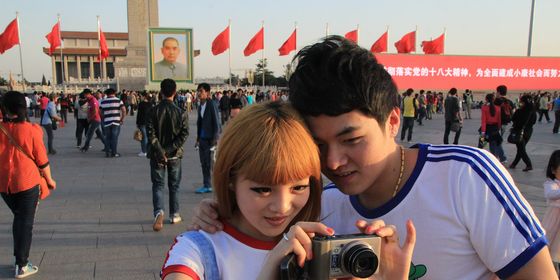In the early 20th century, China tried to ban its millennia-old lunar calendar in the name of modernity—with mixed success
As Chinese workers enjoy a long weekend for the New Year (元旦 yuándàn in Chinese) on January 1, they can also begin to look forward to a more extended break when the start of a new lunar year comes around.
But in the early 20th century, successive governments sought to suppress the traditional Lunar New Year celebrations in order that the country might break from ancient customs and ”modernize” by following the example of the West. Luckily for workers today, though, the attempts failed.
In ancient China, Yuandan was already celebrated as the beginning of the first month of the year, though the actual date of this moved around according to which ruler or dynasty was in charge. The Xia dynasty (c. 2070 – 1600 BCE) is said to have established the first calendar based on the moon’s cycles, which is the basis of the Chinese lunisolar calendar (often just called lunar calendar) still used today. In their calendar, the Xia designated Yuandan as the first day of the first month, or Zhengyue (正月).
Later dynasties designated different months in the Xia calendar as Zhengyue: for the Shang (1600 – 1046 BCE) it was the 12th month, and for the Qin (221 – 206 BCE) it was the 10th month. However, at the start of the Han dynasty (206 BCE – 220 CE), Yuandan was moved back to the first day of the first lunar month, and continued to be celebrated on that date until the fall of the Qing dynasty (1616 – 1911).













